As one of humanity’s oldest art forms, ceramic art is undergoing unprecedented transformations in contemporary times. In 2025, with the evolution of technological development and cultural demands, multiple innovative technologies and cross-disciplinary integration trends have emerged in the ceramic art field, redefining the boundaries of traditional craftsmanship. The following analysis of new knowledge in ceramic art is conducted through four perspectives: material innovation, technological application, design philosophy, and market trends.
I. Material Innovation: Environmental Protection and Functional Breakthroughs
1. Rise of Green Materials
Enhanced global environmental awareness has driven ceramic materials toward non-toxic and biodegradable directions. For instance, new bio-based ceramic materials have begun replacing traditional kaolin, with raw materials sourced from plant fibers or industrial waste, achieving a 30% reduction in carbon emissions during firing. Additionally, the “Nanshan Colored Glaze”, building upon the traditional Tang Dynasty tri-color glaze, realizes low-temperature firing (below 800°C) through optimized mineral ratios. This innovation preserves color gradation while reducing energy consumption, becoming a paradigm for innovation of intangible cultural heritage.
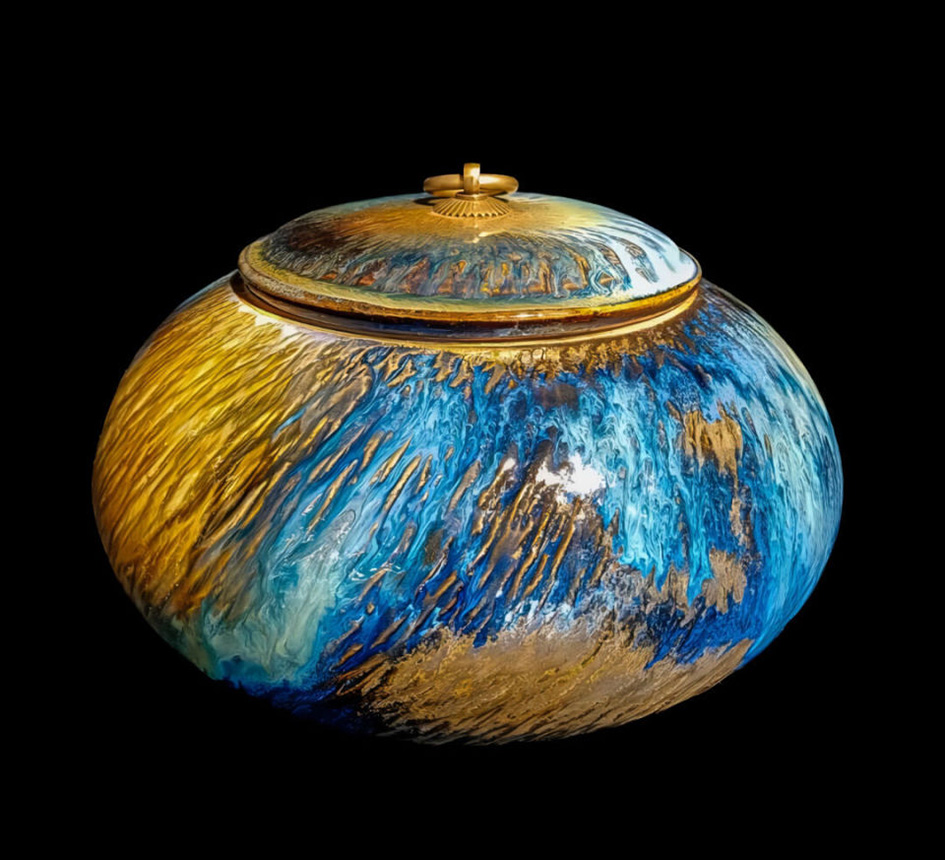
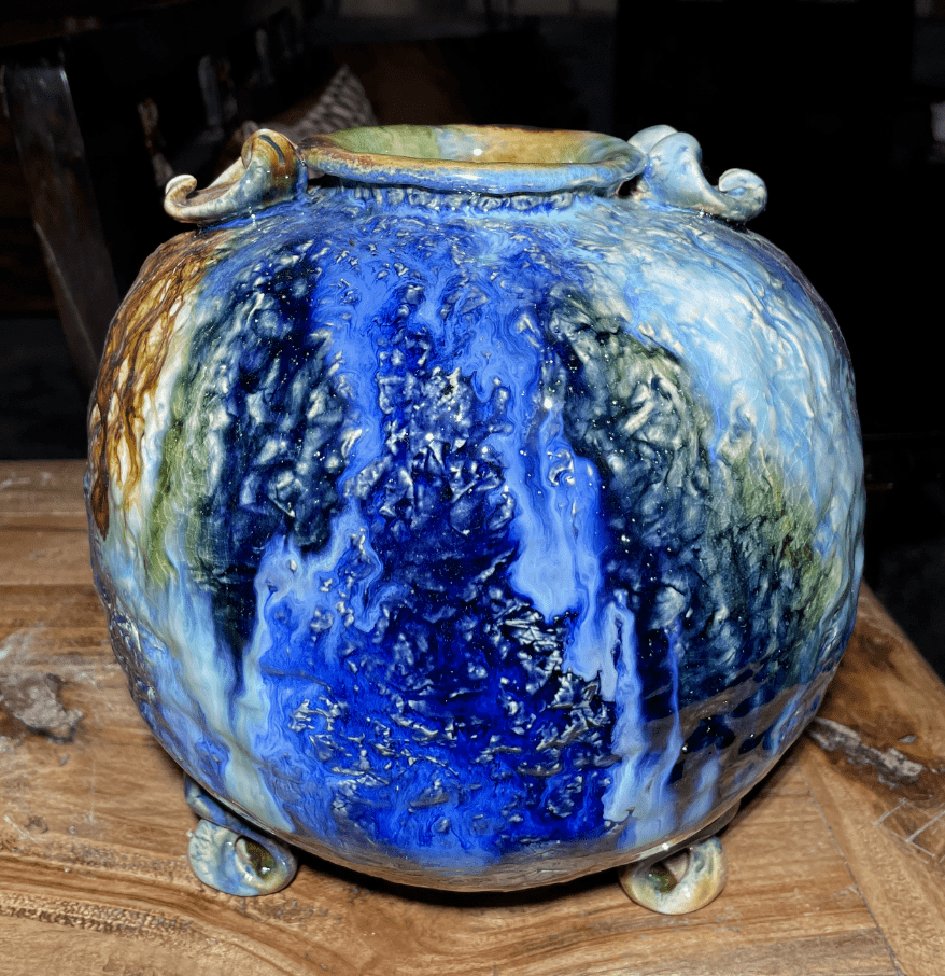
2. Application of Smart Materials
Some ceramic artworks incorporate photosensitive or thermosensitive materials that display dynamic textures when exposed to light or temperature changes, endowing static artworks with interactive elements. For example, the “color-changing glaze” developed by Japanese ceramic artists can control pattern variations through smartphone APPs, finding applications in public art installations.
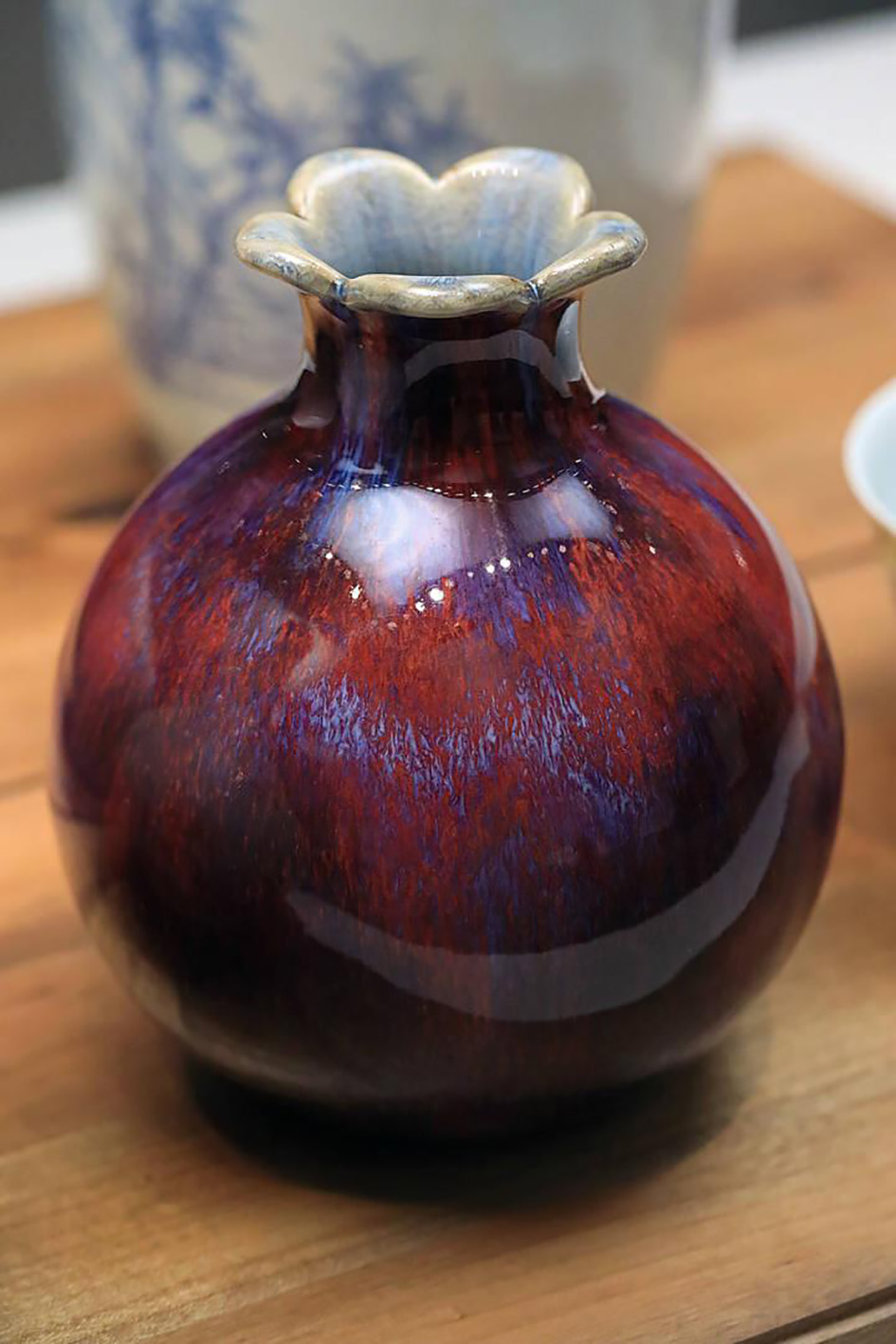
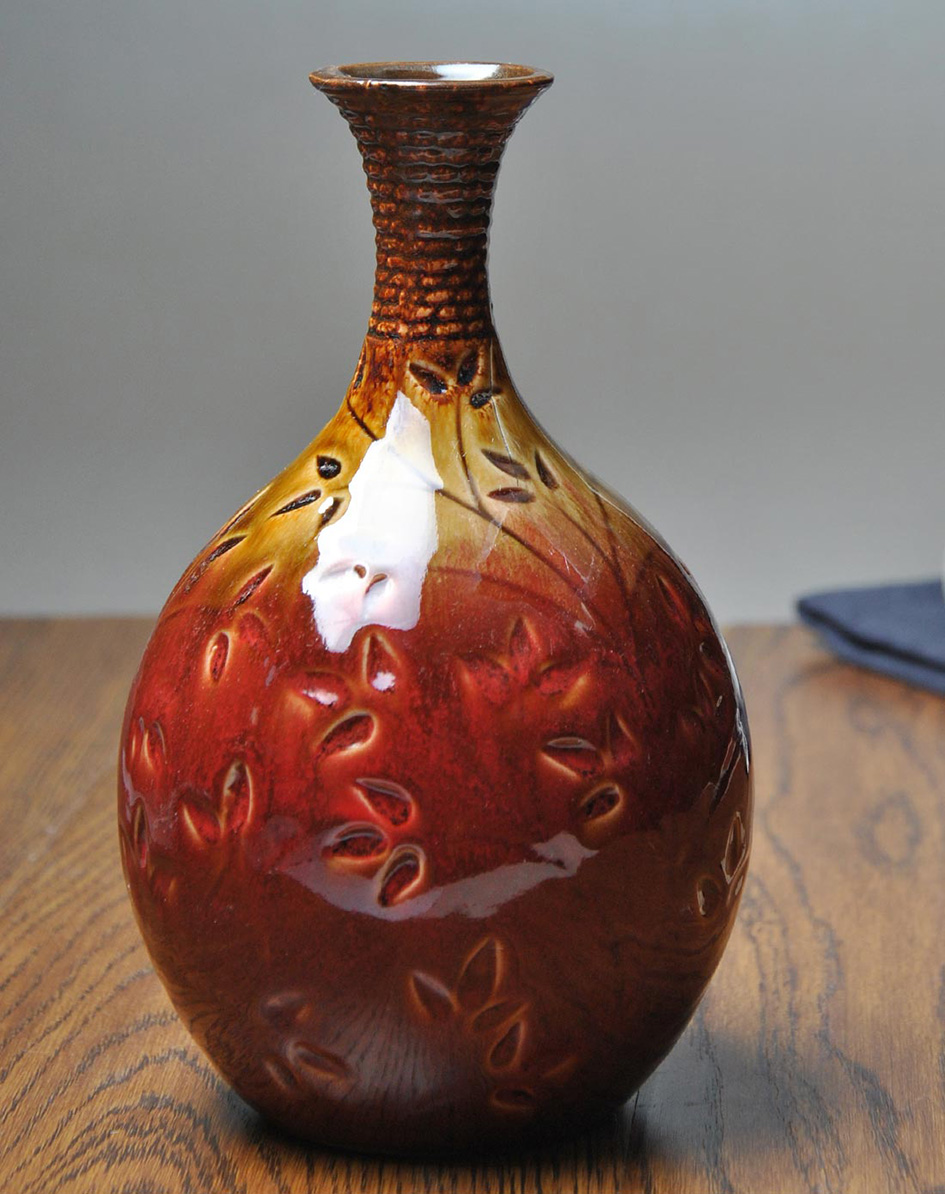
II. Technological Application: Digitalization and Intelligent Production
1. 3D Printing and Parametric Design
3D printing technology has been widely used in the production of complex ceramic structures. Through parametric modeling, artists can design hollow structures and curved surfaces unachievable by traditional wheel throwing. For instance, the Dutch studio “Clay Robotics” employs robotic arms to print porcelain with 0.1 mm thin walls, achieving micrometer-level precision. In China’s Jingdezhen, AI-assisted design systems have been introduced to generate personalized vessel designs based on user preferences.
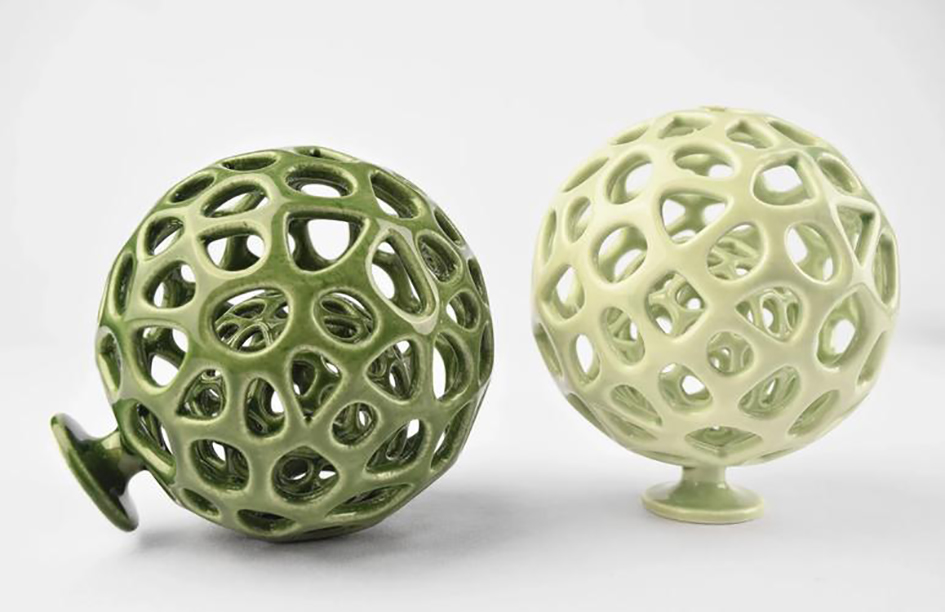
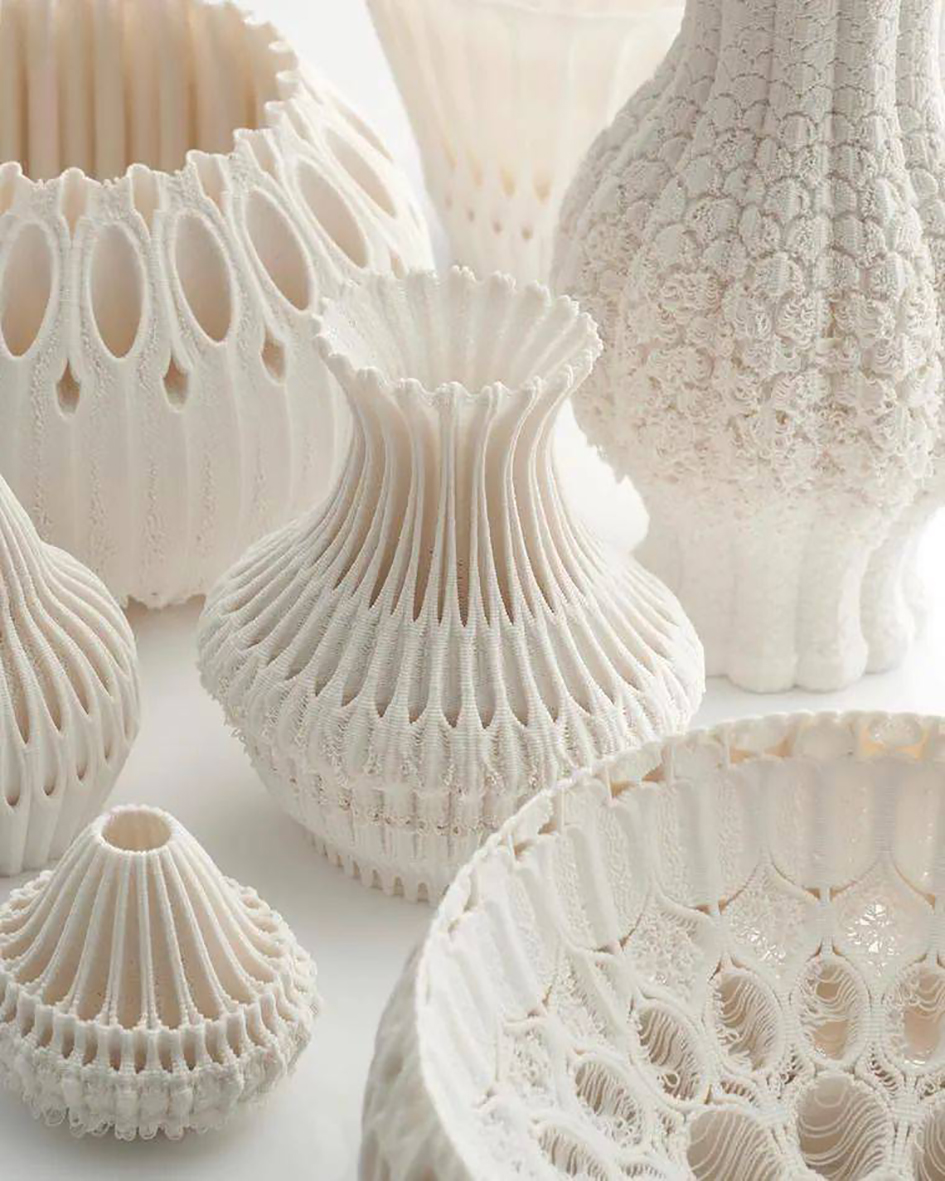
2. Intelligent Kilns and IoT Technology
Next-generation electric kilns equipped with IoT sensors can monitor real-time parameters such as temperature, humidity, and oxygen concentration inside the kiln chamber, optimizing firing curves through algorithms. For example, Germany’s “SmartKiln” system enables remote control, reducing manual intervention while increasing the success rate to 98%. Additionally, “techniques of color transformation during kiln firing” now balance randomness and controllability in glaze coloration by programming oxidation-reduction reactions, creating unique “digital color transformation during kiln firing” effects.

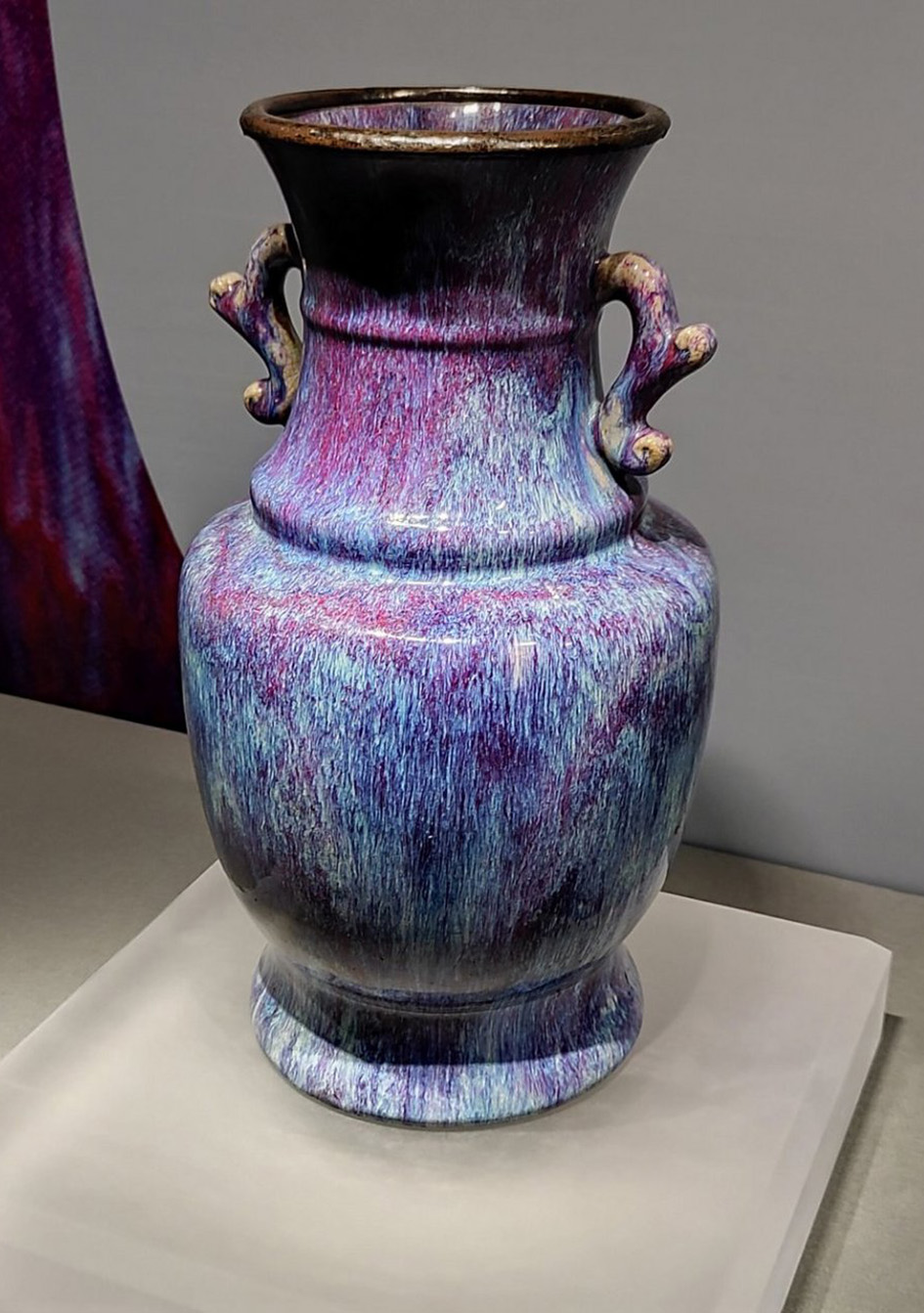
III. Design Philosophy: Cross-disciplinary Integration of Artistic and Functional Elements
1. Public Art and Spatial Design
Modern ceramic art has transcended traditional vessel forms, extending into large-scale public art. For example, the 2025 Year of the Snake zodiac piece Ling She Bu Tong (Unique Spiritual Abode) integrates ceramic art with landscape design. Its mountain-rock base employs 3D-printed clay components, preserving handcrafted textures while enabling modular assembly for urban public spaces. Additionally, functional works like ceramic wall decorations and acoustic ceramics (sound-absorbing modules) have emerged as new favorites in architectural decoration.

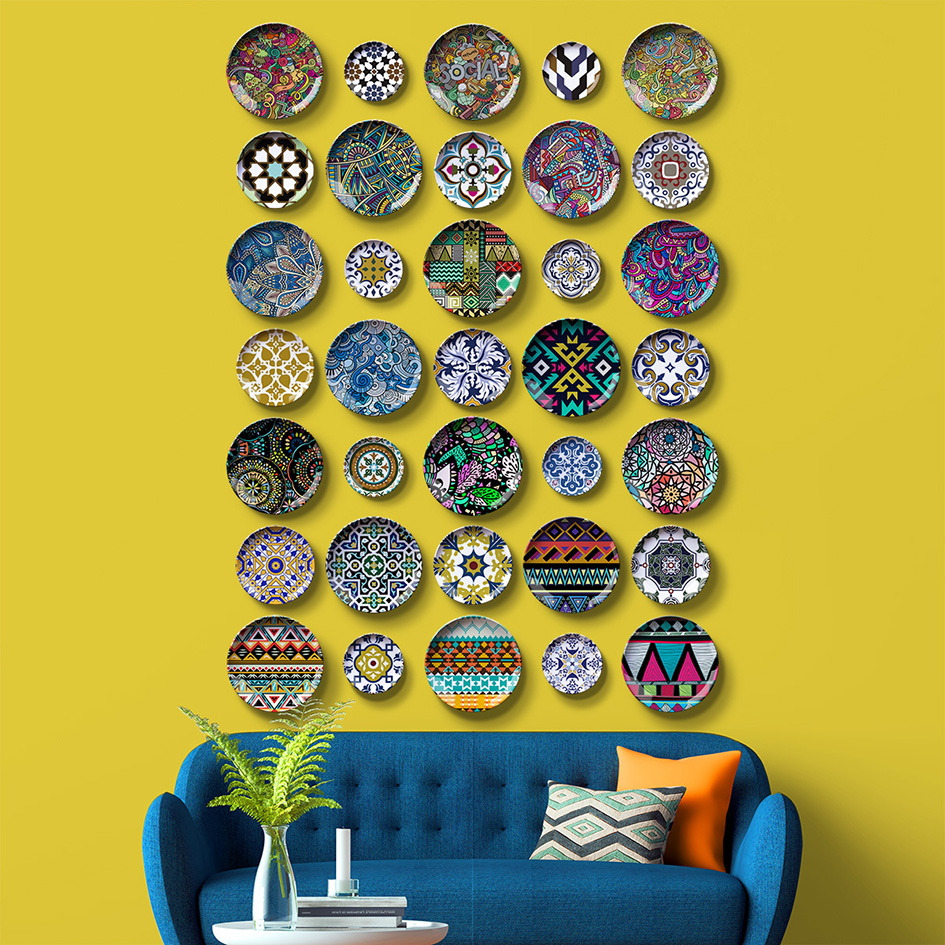
2. Cultural IP and Narrative-driven Creation
The You She You De (Gain through Loss) series by intangible cultural heritage inheritor Yang Yingcai uses ceramic art to explore the philosophical theme of “gain through loss”. Through gradual glaze transitions symbolizing life cycles, these works have been collected by the British Museum. Such narrative-driven creations leverage social media dissemination to engage younger audiences with traditional culture.

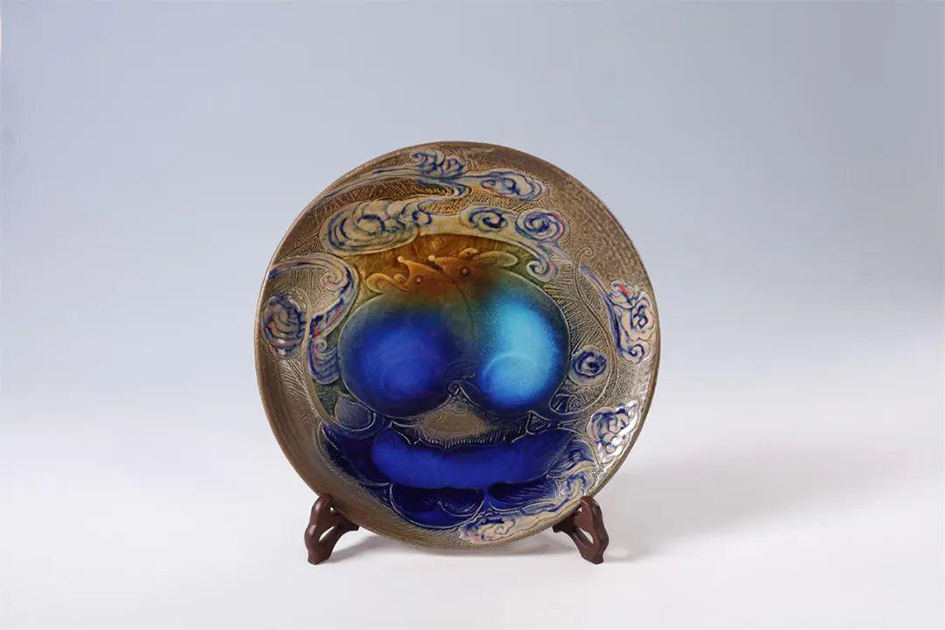
IV. Market Trends: Personalized Customization and Global Footprints
1. Emergence of C2M (Customer-to-Manufacturer) Model
Consumers can participate in design via online platforms, selecting vessel forms, glaze combinations, or even uploading personal artwork. Factories utilize flexible production lines for small-batch customization. A domestic ceramic brand has launched a “24-hour rapid customization” service, achieving 200% annual growth in orders.
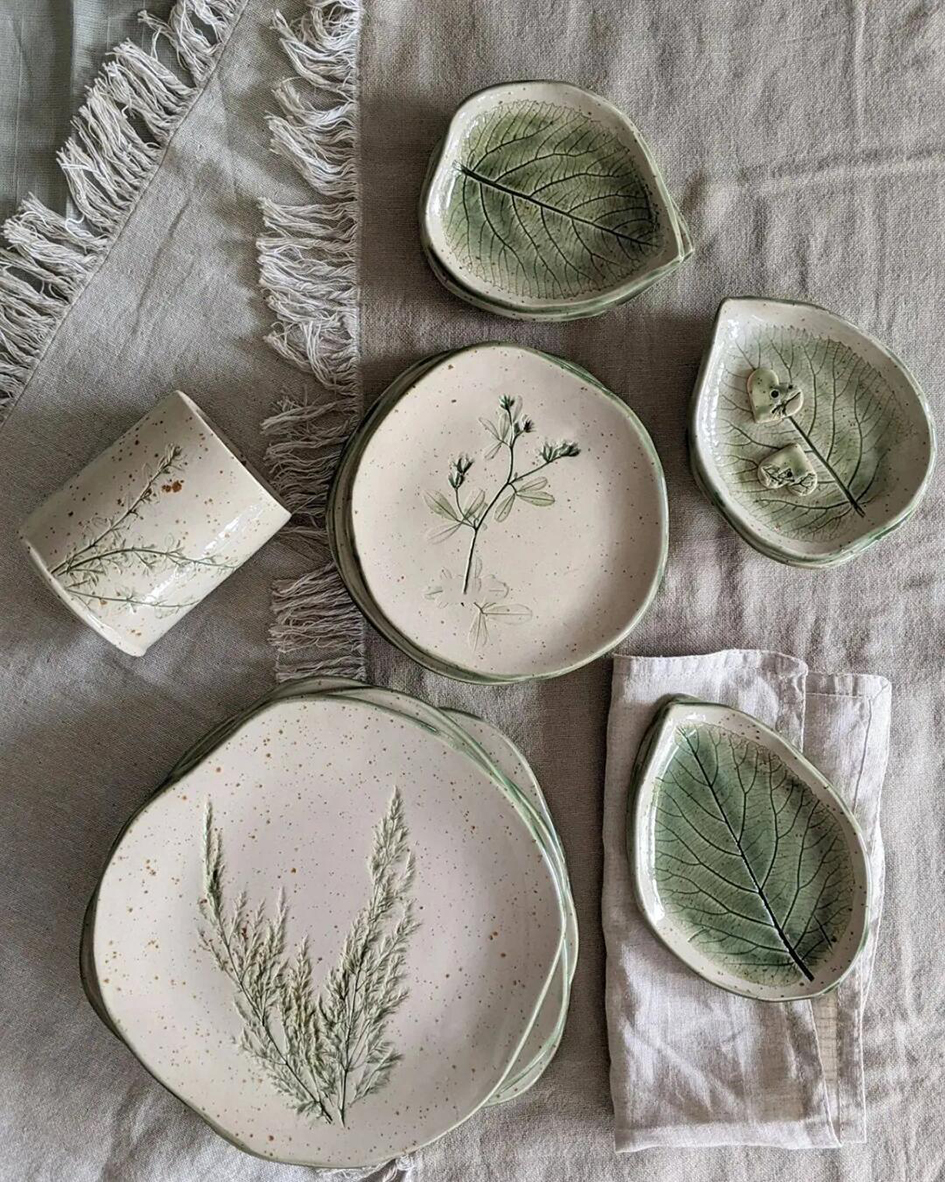
2. Internationalized Branding Strategies
Chinese ceramic enterprises are accelerating their global market presence by promoting “new Chinese-style” aesthetics through international exhibitions like Milan Design Week and Paris Craft Fair. For instance, Jingdezhen’s “New Porcelain Initiative” collaborates with European designers to create tea sets blending blue-and-white porcelain motifs with minimalist styles. Priced over ¥10,000 per piece, these items remain in short supply despite high demand.
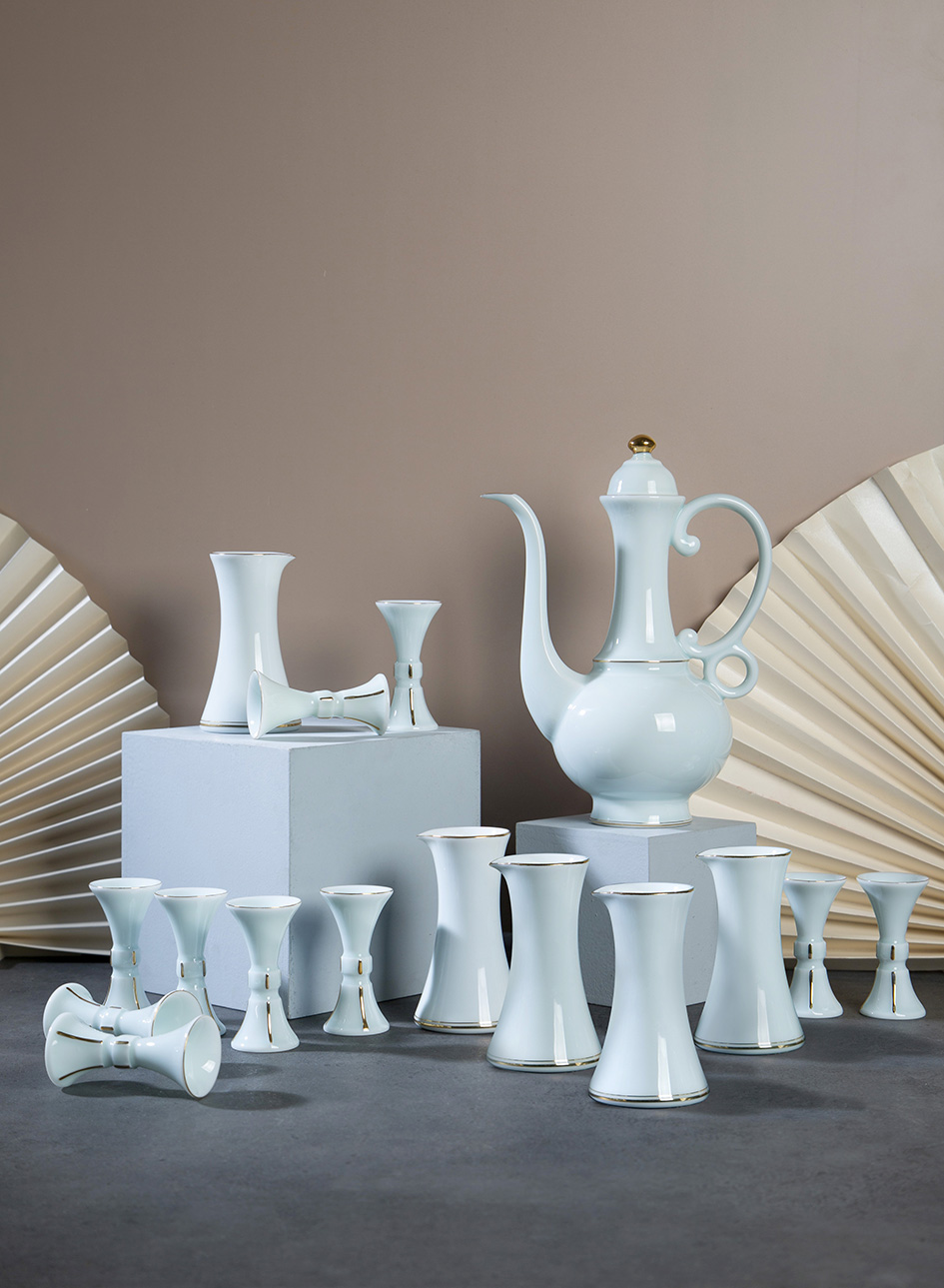
Epilog: The Future of Ceramic Art—Symbiosis of Traditional Heritage and Future Technology
In 2025, ceramic craftsmanship will no longer be a closed system. Empowered by materials science, digital technologies, and cultural narratives, it has evolved into an integrated ecosystem of “technology + art + culture”. From eco-material breakthroughs to smart manufacturing adoption, ceramic art demonstrates its vitality in preserving cultural heritage while embracing future possibilities. The cross-disciplinary collaboration among artists, artisans, and technologists is rewriting the historical narrative of this ancient art form.